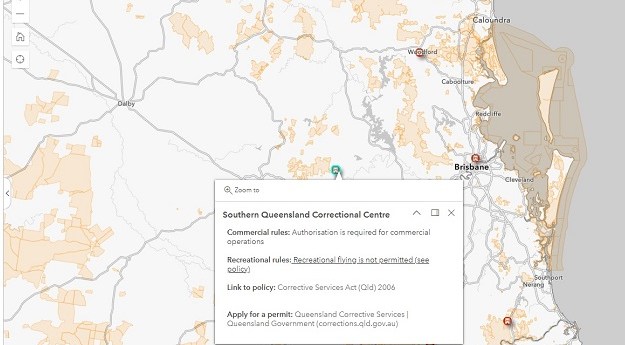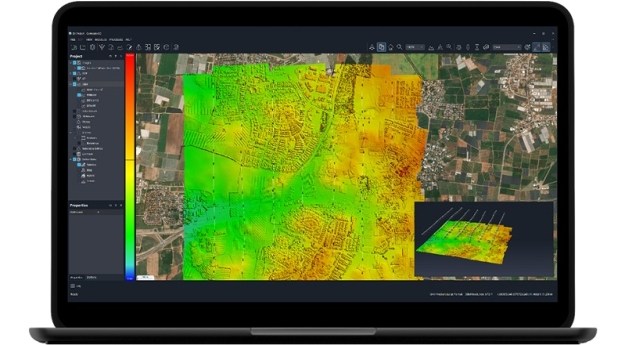
The Open Geospatial Consortium (OGC) has approved the 3D Tiles specification 1.0 for adoption as a formal community standard.
The newly-approved open standard defines a spatial data structure and a set of tile formats designed for 3D, optimised for streaming and rendering, leveraging advanced techniques from the game and film industries.
A community standard is an official standard of OGC that is developed and maintained external to the OGC.
3D Tiles was proposed and submitted to the OGC by 3D platform developer Cesium, and is designed for streaming 3D content for visualisation, supporting point clouds, 3D buildings (exterior and interior), trees, imagery, BIM/CAD models, and photogrammetry.
Patrick Cozzi, Cesium Lead & 3D Tiles specification co-editor, said: “The massive increase in 3D geospatial data captured by sensors on satellites, aircrafts, drones, and autonomous vehicles across industries from GEOINT to Smart Cities to Construction Management has created the need for 3D Tiles to enable efficient and interoperable workflows from heterogeneous data capture to 3D dissemination over the web, offline, and across devices.”
The 3D Tiles community standard defines a spatial data structure and a set of four tile formats:
- Batched 3D Models – for 3D buildings, photogrammetry, BIM/CAD models, etc. built on the glTF™ open standard for 3D model transmission from the Khronos® Group.
- Instanced 3D Models – for trees, bolts, valves, etc.
- Point Clouds – for massive point clouds, including per-point attributes.
- Composite – for aggregation of tiles of different formats.
The new standard can be viewed and downloaded at OGC’s 3D Tiles community standard page.
Stay up to date by getting stories like this delivered to your mailbox.
Sign up to receive our free weekly Spatial Source newsletter.












